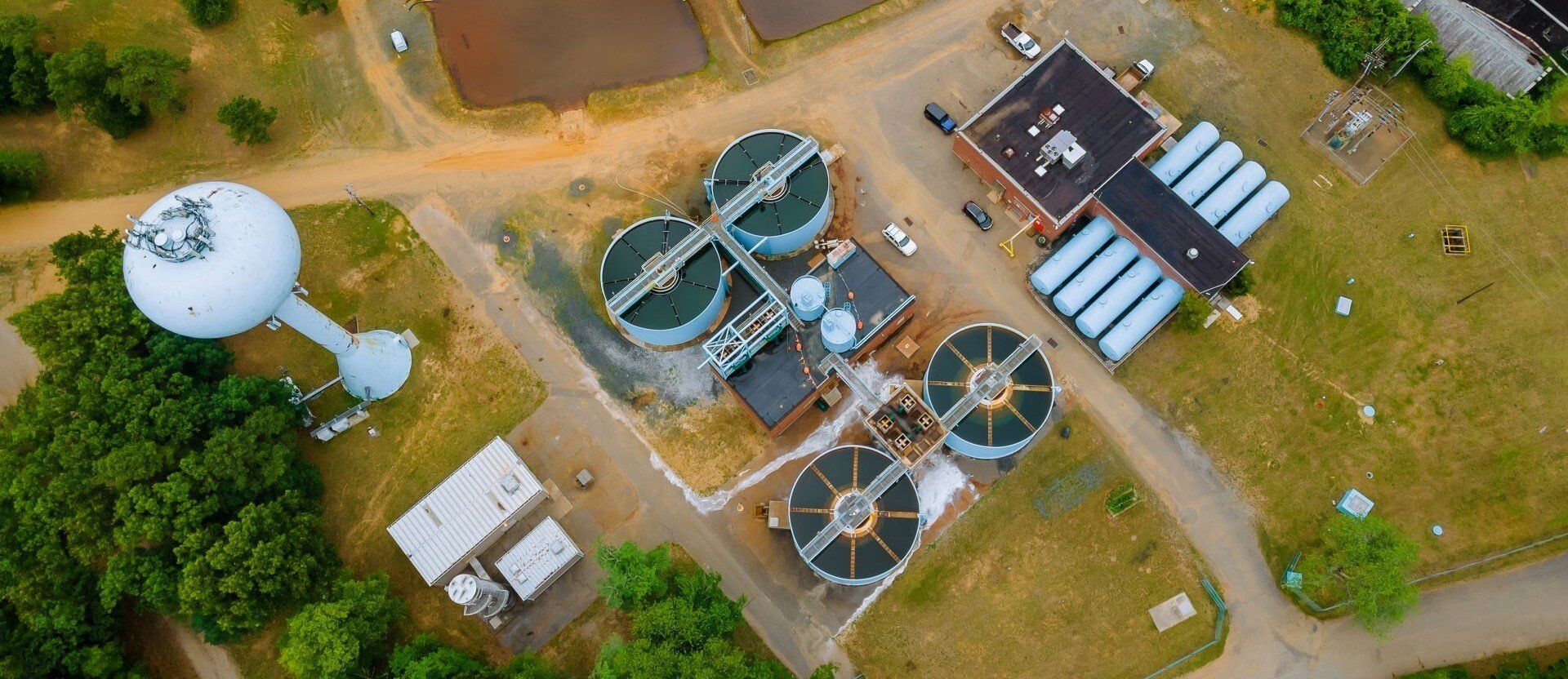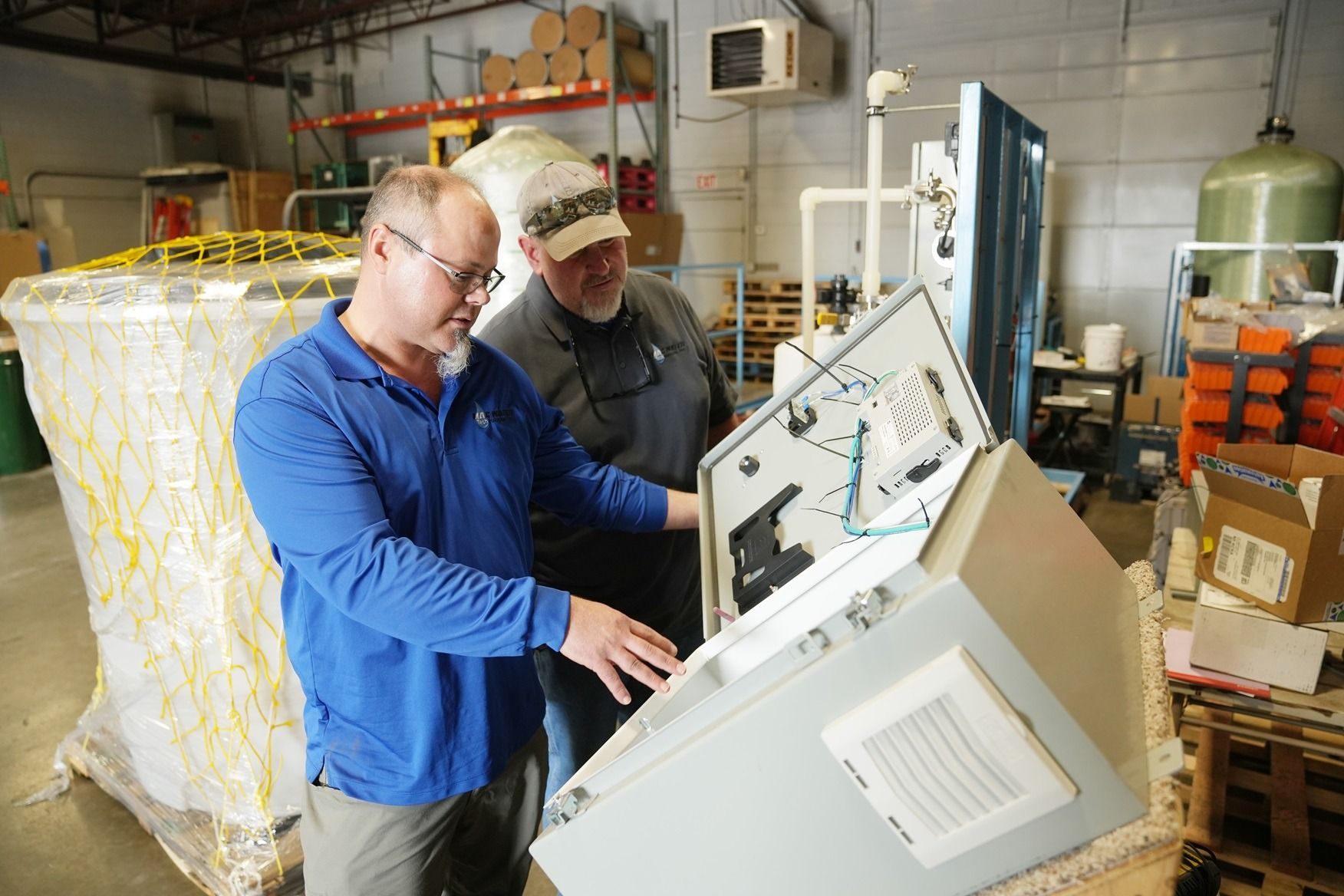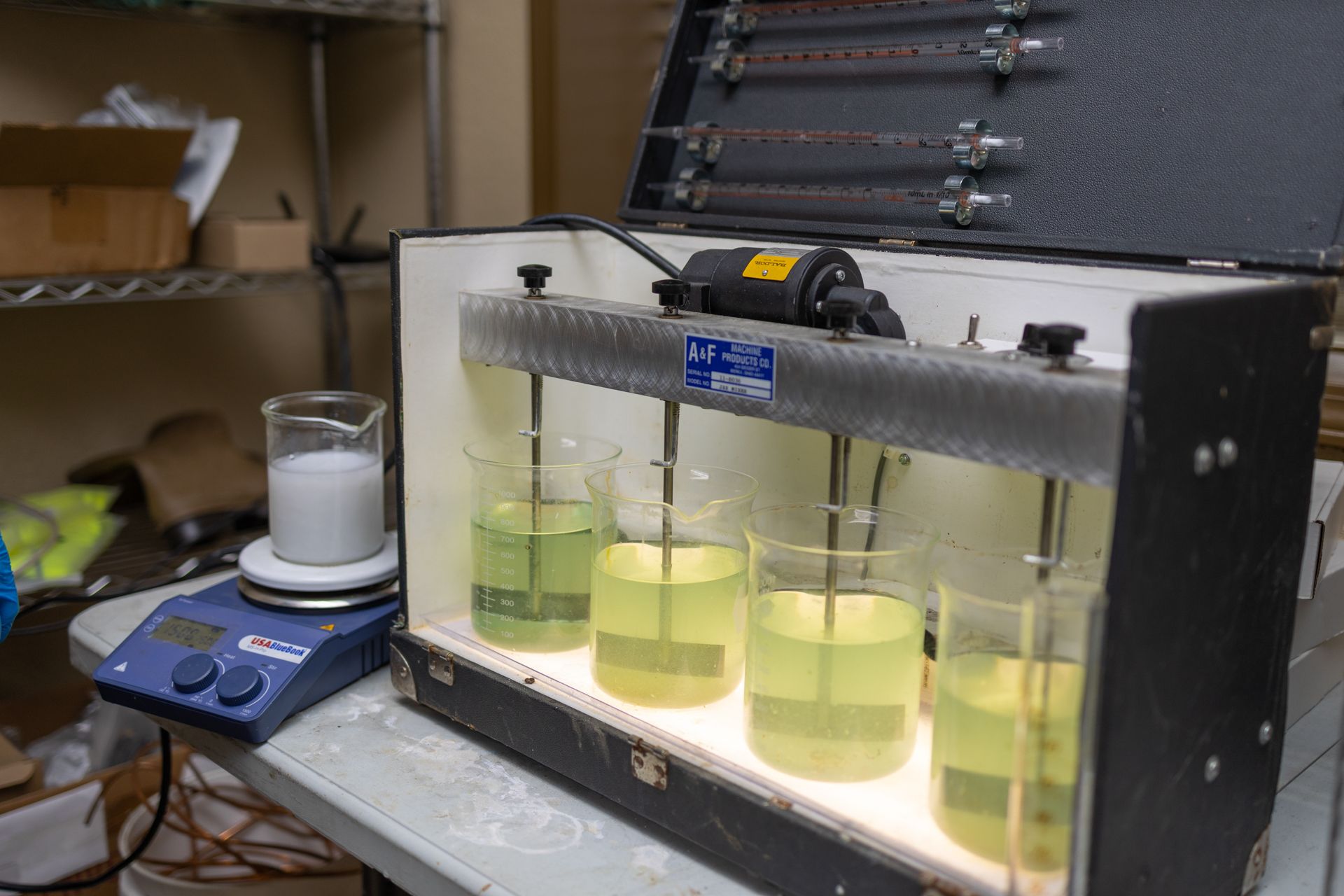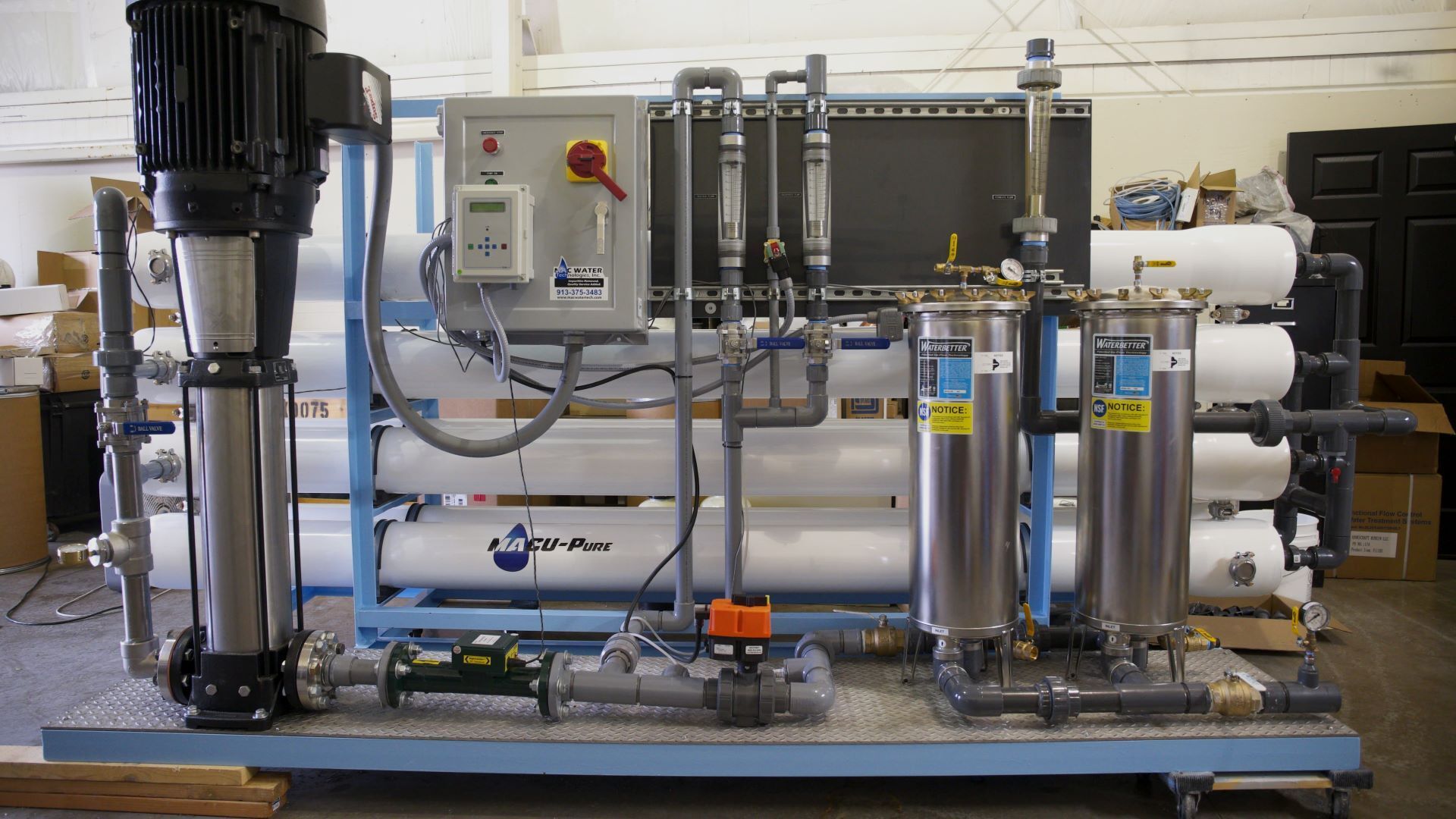What Is Detention Time in Water Treatment and How Is It Calculated?
Detention time is an important concept in water treatment. It measures how long water spends in a treatment system and is used to determine the effectiveness of the treatment. It is the amount of time that water spends in a treatment tank, filter, or basin before it is released.
Detention time is important for the required chemical reactions to occur. There are two main types of detention time: contact and flocculation time. Contact time is the amount of time water spends in contact with the adsorbent or filter material. Flocculating time is the amount of time water spends in contact with the flocculant (a chemical used to remove suspended particles from water).
How To Calculate Detention Time in Water Treatment
To calculate detention time, you need to know the flow rate of the water and the bed volume of the treatment system, tank, or basin. The detention time formula is:
Detention Time (min) = Bed Volume of water in system (in gallons) / Flow rate (gallons per minute)
For example, if the flow rate is 2 gallons per minute and the treatment tank or basin volume is 100 gallons, the detention time would be 50 minutes.
An example for filtration contact time is if the flow rate is 2 gallons per minute and the media volume inside a filtration vessel is 100 gallons, the contact time would be 50 minutes. Note, media volume is typically in cubic feet which so watch your units in your calculations.
Another way to calculate detention time is by using the formula: Treatment time (in minutes) multiplied by Flow rate (gallons per minute). This will give you the volume of water treated in a given period.
For example, if you have a treatment time of 5 minutes and a flow rate of 10 gallons per minute, your detention time would be 50 gallons.
Detention time is important because it allows for contact between the water and the chemicals or other treatments being used. This contact is what makes water treatment effective.
It is important to note that detention time is not a static number. It can vary depending on the treatment process and the specific water being treated. For this reason, it is important to consult with a water treatment expert to ensure that your detention time is adequate for your needs; too much detention time can be as harmful as too little.
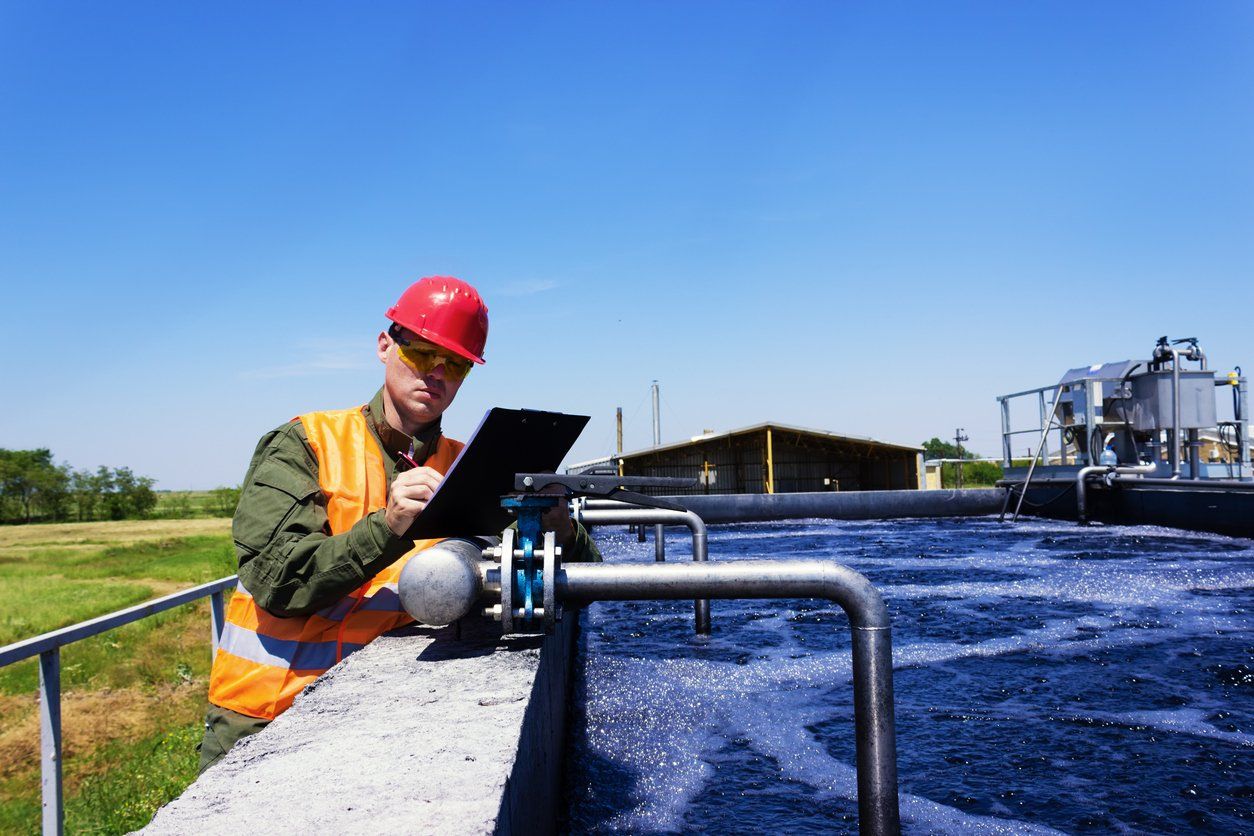
Considerations When Calculating Detention Time
There are a few things to keep in mind when calculating detention time:
- The volume of water in the system includes the tank's volume and the volume of any piping connected to the tank.
- You should measure the flow rate at the point where water enters the system.
- Detention time can be increased by adding additional treatment tanks in series, adding filtration media, or by increasing the size of the treatment tank.
It's important to note that detention time is not always the same as contact time. Contact time refers to the amount of time a substance, typically referred to as media, is in contact with the water, whereas detention time includes both the contact time and the dwell time (the amount of time that water remains in a tank after treatment).
Important Tips
When calculating detention time, it's important to consider the type of treatment being used. For example, if you're using a chemical treatment, you'll need to consider the contact time (the amount of time the water is in contact with the chemical) and the dwell time (the amount of time the water remains in the tank after treatment).
If you're using a physical treatment, you'll need to consider the contact time (the amount of time the water is in contact with the treatment method); and the retention time (the amount of time the water remains in the tank before it's discharged).
Final Thoughts
Detention time is an important factor because it determines the amount of time water spends in a water treatment system. It is used to measure the efficacy of the treatment, thus ensuring the water is treated properly and meets all safety standards. Now that you know what detention time is and how to calculate it, you can use this information to determine the effectiveness of your water treatment system.
At MAC Water Technologies, we are experts in all aspects of water treatment. We can help you determine the appropriate detention time for your system and ensure that your water meets all safety standards. To learn more about our services, please contact us today.


